Art
Local REDress project honours missing, murdered Nova Scotians
'There’s a lot of meaning to her pictures'

caption
Photo tribute for Cheryl Ann Johnson (Photo by Sasha Doucette)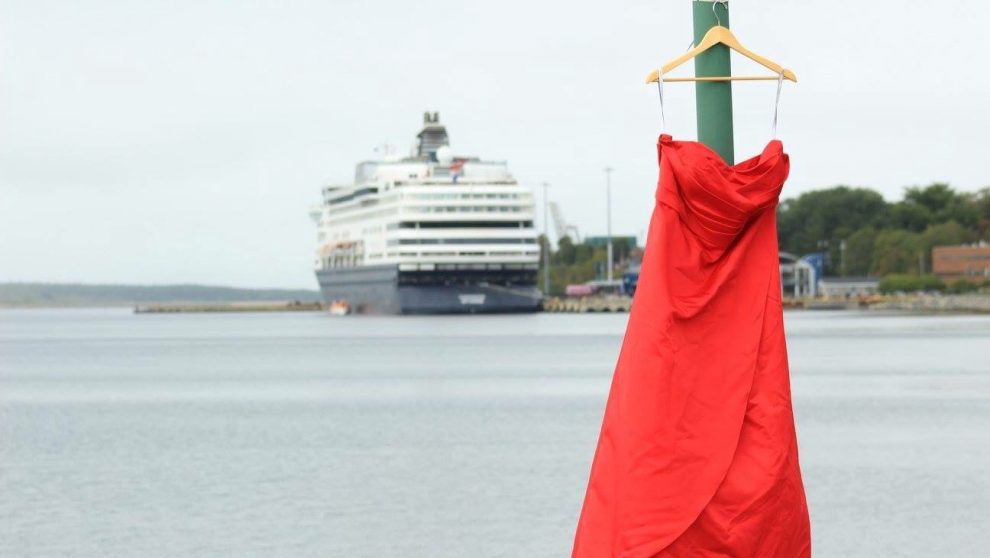
caption
The REDress photo tribute for Cheryl Ann Johnson on the Sydney waterfront.A Mi’kmaq woman in Nova Scotia is adding a personal touch to the national REDress campaign to remember murdered and missing Indigenous women.
Photographer Sasha Doucette goes to where bodies of aboriginal men and women have been found in her community, Eskasoni, and takes photos of a red dress – or a red ribbon shirt for men – at the site.
She publishes the pictures on Facebook to raise awareness of the deaths and to the greater problem of the high number of murdered and missing Indigenous people. Related stories
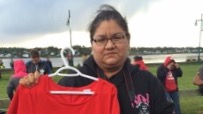
caption
Sasha Doucette (Photo taken from her Facebook page).Doucette says when she began the project, she was worried there might be a negative reaction from the community.
“I was scared people would try to stop me from going to certain places to take pictures, because people are already telling me to be careful, I shouldn’t go anywhere alone now,” she says.
The REDress Project is a visual awareness project started by Jaime Black, a Winnipeg-based Metis artist, in 2010. Black created the project to bring awareness to the 1,200 Indigenous women who have been murdered or gone missing in Canada over the past 30 years.
Since the fall of 2015, when the project started gaining recognition, people across the country have been doing their own REDress projects.
“There’s a lot of meaning to her pictures,” Tricia Johnson says of Doucette’s work. “It’s not just pictures, not just random dresses, it’s my dress, and my sister’s story.”
Johnson’s sister, Cheryl Ann Johnson, died in 2001 at age 24. Doucette did a photo shoot for Cheryl Ann at the Sydney waterfront, where she drowned and her partially nude body was found.
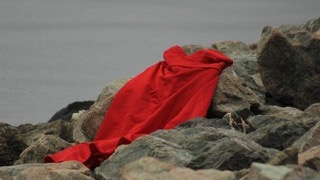
caption
Cheryl Ann Johnson’s body was found on the Sydney waterfront.The community, Doucette discovered, has been supportive of the project. Doucette says the photo shoot she did for Terrilynn Poulette received more than 120 shares on Facebook and, overall, 365 people have “liked” her photographs.
Poulette went missing in February 2008, and was found dead that April. She was 17.
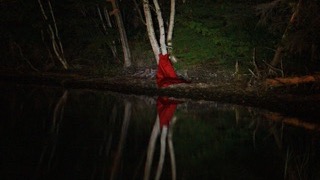
caption
Terrilynn Poulette was found dead near Goat’s Island, Eskasoni.While the original REDress project was created to bring awareness to the deaths of women, Doucette didn’t want to leave out the men in her community who have been murdered or are missing.
Doucette says she didn’t know what to do for the men at first, but decided to borrow her father’s red ribbon shirt. A ribbon shirt is an Aboriginal man’s dress shirt, commonly worn at powwows.
James Sack was found beaten and face down in Wentworth Park in Sydney around 25 years ago. Doucette went to the park to take photos in his memory.
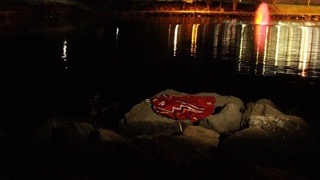
caption
James Sack was found dead in Wentworth Park, Sydney.Another of Doucette’s tributes is for Susie Jane Paul. Paul died of an overdose in the Cape Breton Regional Hospital. While she was neither murdered nor missing, Doucette feels that her death could have been prevented, and wanted to include her in the project.
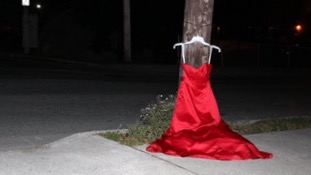
caption
Photo tribute for Susie Jane Paul. Argyle Street, Sydney.Johnson says her sister Cheryl Ann’s case is being investigated by the National Inquiry into Missing and Murdered Indigenous Women and Girls, launched by the federal government last April.
The inquiry’s goal is to investigate the social, economic and historical factors behind violence within Aboriginal communities, as well as to interview families and witnesses about specific cases of murdered and missing women.
Johnson says projects like Doucette’s bring awareness to the issue and will help individual cases to be acknowledged and investigated during the inquiry.


c
corinne quinlan